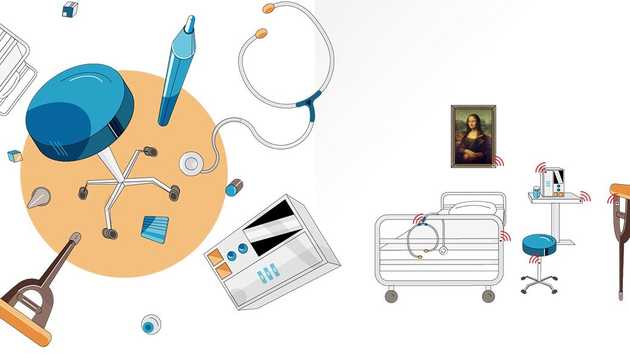Losing control over assets
Are you struggling to gain control over their equipment and assets?
Don't worry – you're not alone! This often happens when organisations grow rapidly, or when the responsibility for equipment is shared among several people and departments. It is common that each person takes care of their own part, but no one has the bigger picture in mind. Or even worse – no one manages the equipment because they assume someone else is responsible for it.
If you work on multiple projects, productions, or with different people who all share the same equipment, it can be challenging to track everything manually. Who is using which equipment and when? What do we even have and where? And how do you ensure you have enough equipment available simultaneously without anything going missing?
Without systematic approach, this mayhem cannot be managed. Unfortunately, this means wasted resources, money, and work time. In this blog post we give you actionable ideas on how you can avoid losing control of your assets and equipment.
1. Asset register or inventory of all equipment
The best way to start is to get an overview of the current situation – what equipment do I have, and where is it located? Often, when equipment is needed but its location is unknown, it's easier to buy new than to find the original.
The easiest way to start is to create an inventory by department and location. You can use our free inventory template for this, which helps to get an overview of all the equipment. In the template, you can note each asset's location, responsible person, and all cost information.
An asset register is the foundation of all asset management. Even a basic register can help you save money by avoiding unnecessary purchases.
2. Regular inventories and maintenance
To gain even more benefits, you need to utilise the information in your asset register. To track the quantity and location of your equipment, it is good to conduct regular inventories. This way, you can ensure that the equipment is available.
Many companies do inventory once a year, some even monthly. Regardless of the method, it is recommended to do it by location to maintain a comprehensive overview. And although inventorying is possible without a system, with a modern system, it is extremely quick and reliable.
Read more about Trail's inventory functionalities
Regular maintenance is worth doing even if nothing is broken. By regularly checking the condition of your equipment, you ensure a longer lifespan for them.
Proactive maintenance can reduce operational disruptions and extend the lifespan of your assets. By doing this, you also operate more sustainably. When equipment lasts longer and is used more productively, the need for replacement decreases.
3. Asset tracking with equipment management system
When the aforementioned measures are not enough, it's time to adopt a digital asset register. This way, you don't have to spend time updating an Excel sheet or manually going through an equipment list.
A digital asset register saves time and makes data updates easier. With an equipment management system, all equipment is tagged with QR, RFID, NFC, or barcode labels, so the equipment information is easily readable even with a mobile phone.
With a digital system, you can see when it's time to budget for new equipment investments, and it helps you take better care of existing equipment. With reliable data, it’s easy to get rid of equipment that is unnecessary for operations. Additionally, it is possible to use the accumulated data to plan future purchases. Maintenance data helps you make smarter investment decisions, as equipment does not need to be replaced as often as before.
Would you like to try Trail Equipment Management yourself?
If you think that there is room for improvement with your current equipment management practices, please contact us. We would be happy to assist you and provide you with a free trial of Trail Equipment Management.

